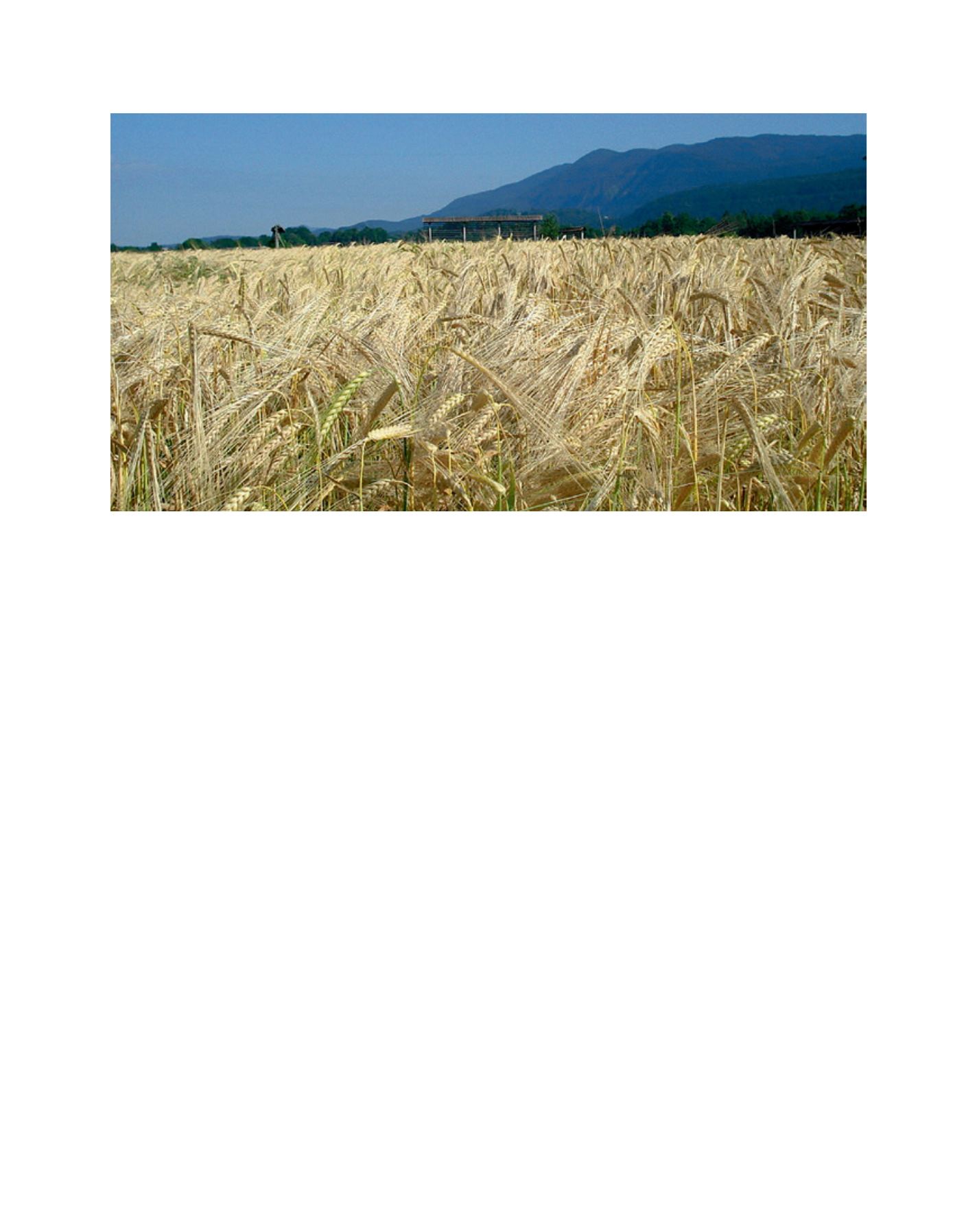

[
] 246
Various structural characteristics of Slovenian agricul-
ture – particularly a low labour productivity, unfavourable
demographic and size structure of agricultural holdings, and
fragmentation of holdings – therefore reduce the efficiency
of the use of production resources and hamper faster devel-
opment in agriculture. In view of the challenges mentioned,
family farming could provide the right answers. The family
farming system has proved to be a sufficiently resilient
model throughout history to accommodate unfavourable
natural conditions, increasingly volatile prices on the inter-
nal EU market and worldwide, and changes in consumer
patterns and preferences. To a great extent it has remained
sustainable, with extensive farming being the predominant
type of farming. It has withstood the processes of societal
and economic restructuring the country has witnessed over
the last couple of decades, with the diminishing economic
importance of this sector and the radical change in the demo-
graphic structure of the countryside. But what is more, in view
of the current economic and financial crisis, it has proved
more stable than other economic sectors. Once again, family
farming has proved indispensable within local economies.
Today, the concept of family farming stands at the cross-
roads, not just in Slovenia but worldwide. If all premises of its
future development were clear and its existence secured, why
then would we proclaim 2014 the International Year of Family
Farming? In Slovenia, the importance of family farming has
been emphasized in several strategic documents outlining the
development of agriculture towards 2020. In 2011, the state
adopted the
Resolution on the strategic direction of development of
the Slovenian agriculture and food sector towards 2020 –‘Ensure
our food for tomorrow’.
This document provides a foundation for
the Strategy on the implementation of this Resolution adopted
in 2014 as well as for a rural development programme (RDP
2014-2020) worth €1.18 billion. This is the most important
financial instrument for agriculture in Slovenia, co-financed
from the EU budget in the financial perspective 2014-2020.
All these documents refer to agriculture as being an
economic activity of special significance, with market-oriented
family farms being the cornerstone of a sustainable model of
agriculture. The aforementioned resolution states that agri-
culture should keep on providing an adequate supply of safe
food, thus satisfying one of the basic needs of society, while at
the same time it should provide other important social func-
tions and intangible (public) goods. The ecological function
of farming, for instance, is defined by its decisive contribution
to the quality of water, soil, air and biodiversity. Moreover,
agriculture still has a significant impact on the cultural land-
scape and its aesthetic and natural values. Undisputed, too, is
the role of healthy, locally produced food and safe production
processes in ensuring human health. With its economic and
social role, agriculture has an important effect on the vitality
and population density in rural areas.
Family farming is considered to correspond to all these
aspects of a sustainable agricultural model. But in order to
really do so, proper environment and incentives need to be
ensured. Future development can only be based on farms
which are professionally engaged in agriculture, which have
a clear vision of their own development, are able to adapt
to market conditions, and will focus on the production of
high-quality products with higher added value. Moreover,
these farms should have access to modern technology,
land, financial assets, knowledge and innovation in order
to be able to produce more effectively with significantly less
impact on the environment. They should be stimulated to
increase their competiveness by being better integrated into
the agri-food chain through quality schemes, adding value to
Arable land and gardens account for only 35 per cent of Slovenia’s utilized agricultural land
Image: Živa Rant
D
eep
R
oots
















